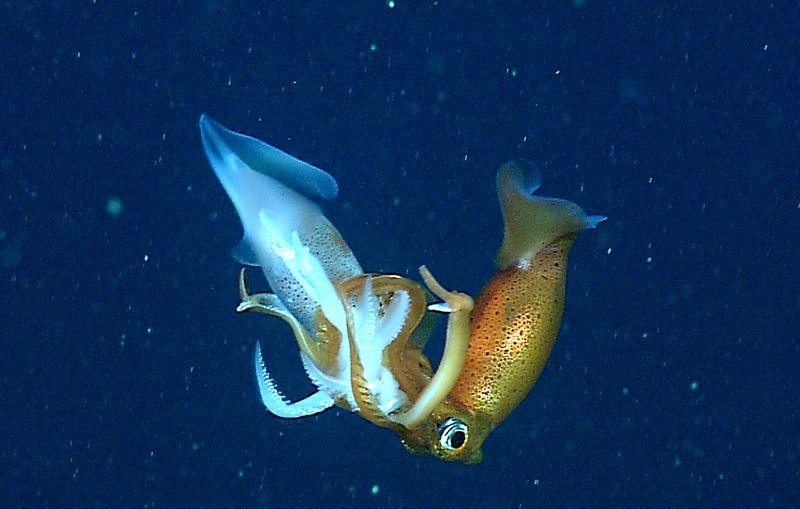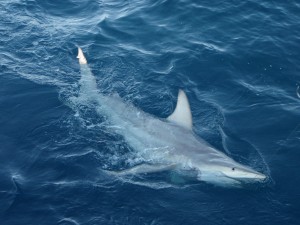
Foghorn (A Call to Action!)
- I want you to have amazing adventures with underwater robots. That’s why Nat Geo and OpenROV are giving away 1000 robot submarines!
- National Geographic Announces Initiative to Donate 1,000 Underwater Drones to Explore the Ocean.
Flotsam (what we’re obsessed with right now)
- Get inspired with the latest TED Talk for OpenROV visionary David Lang.
https://www.youtube.com/watch?v=k32nNIzWHog








